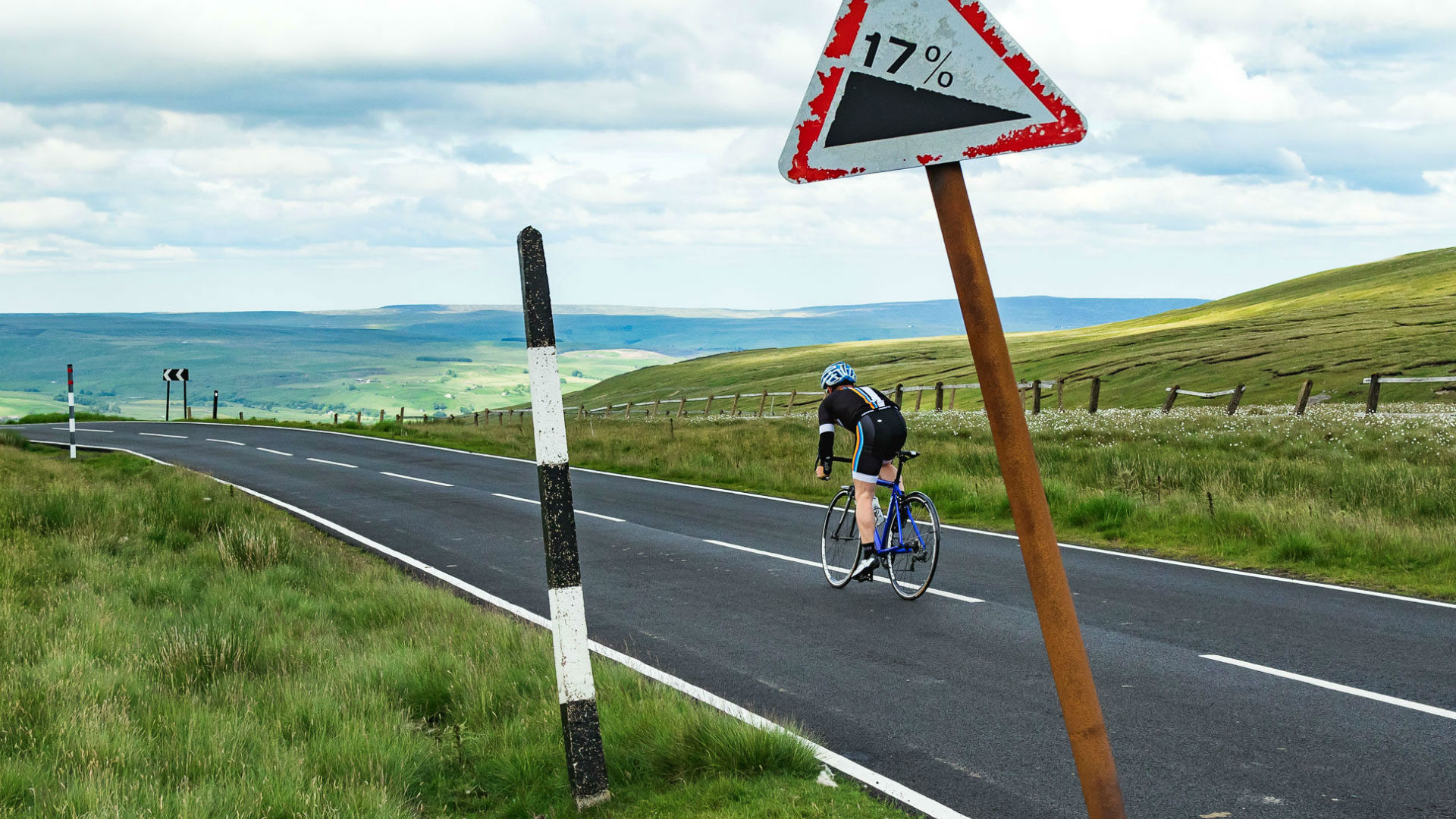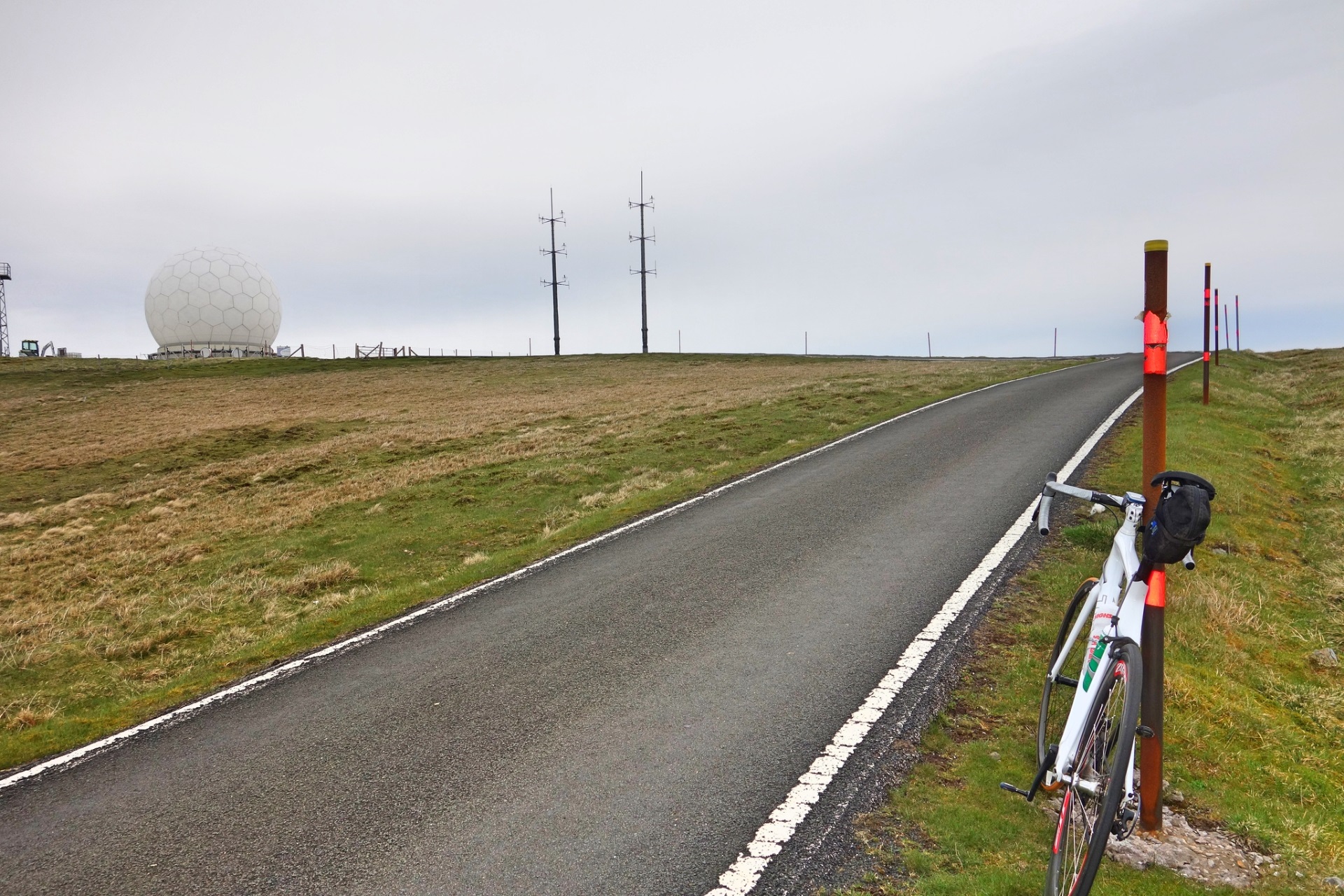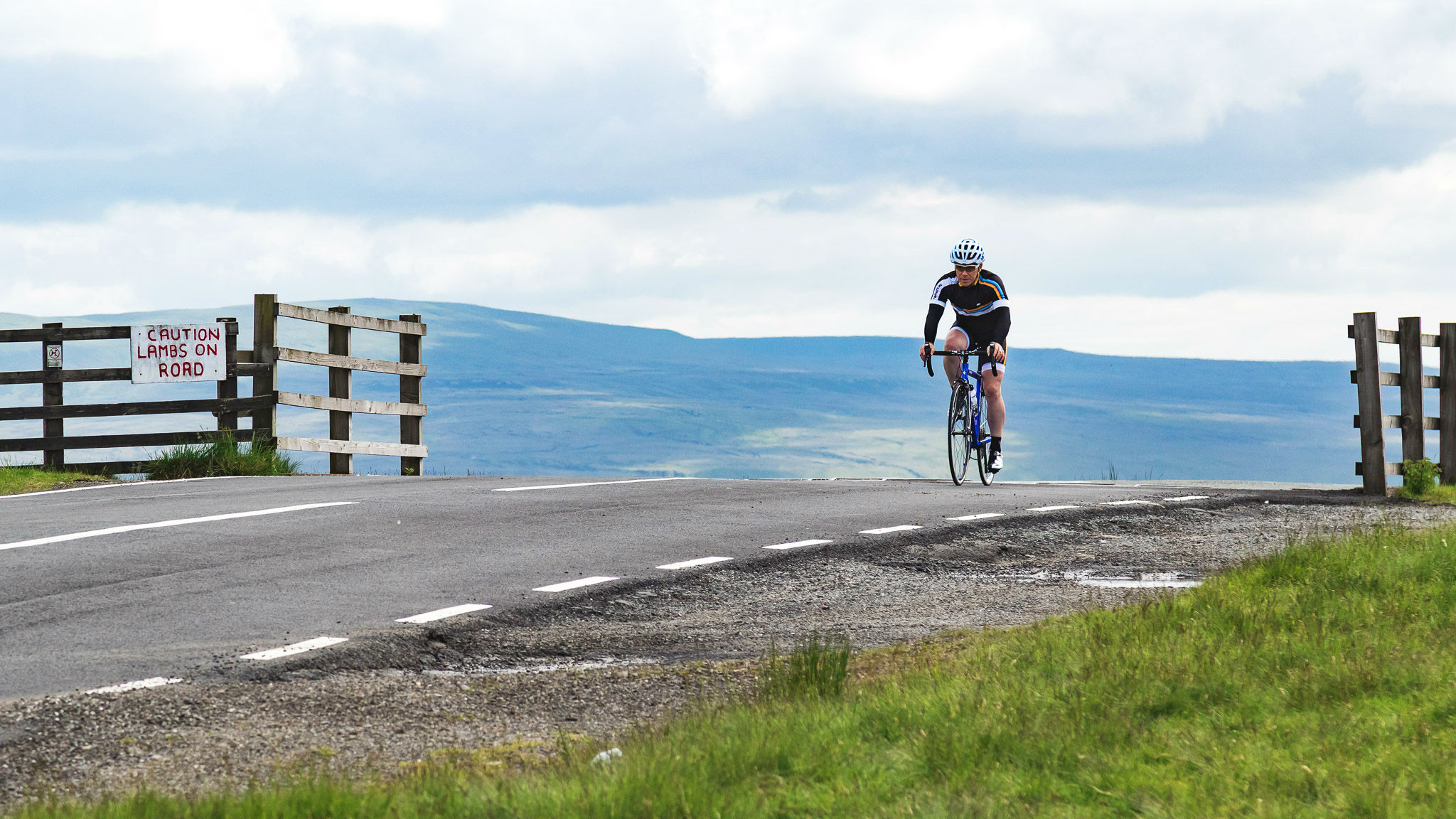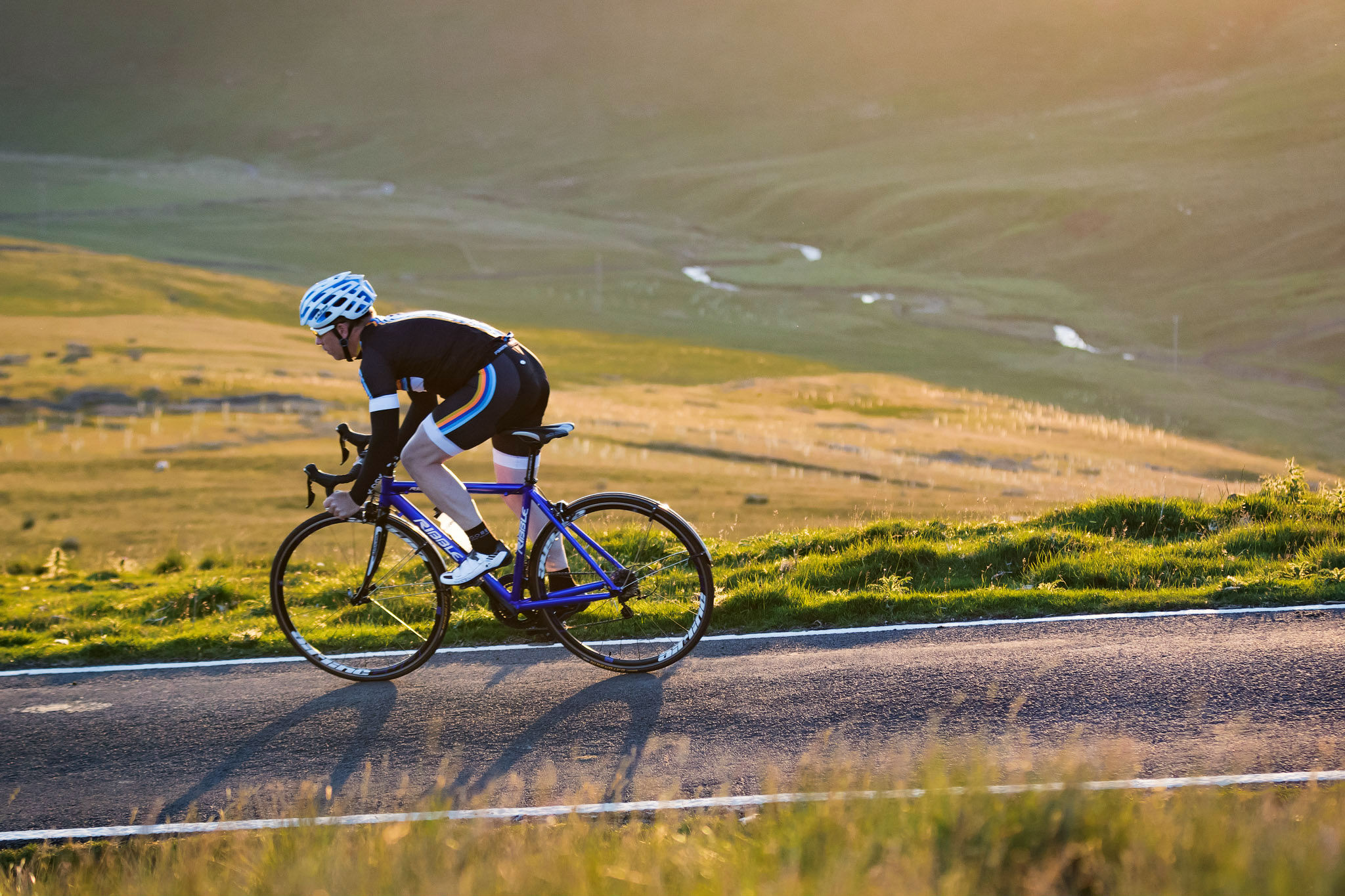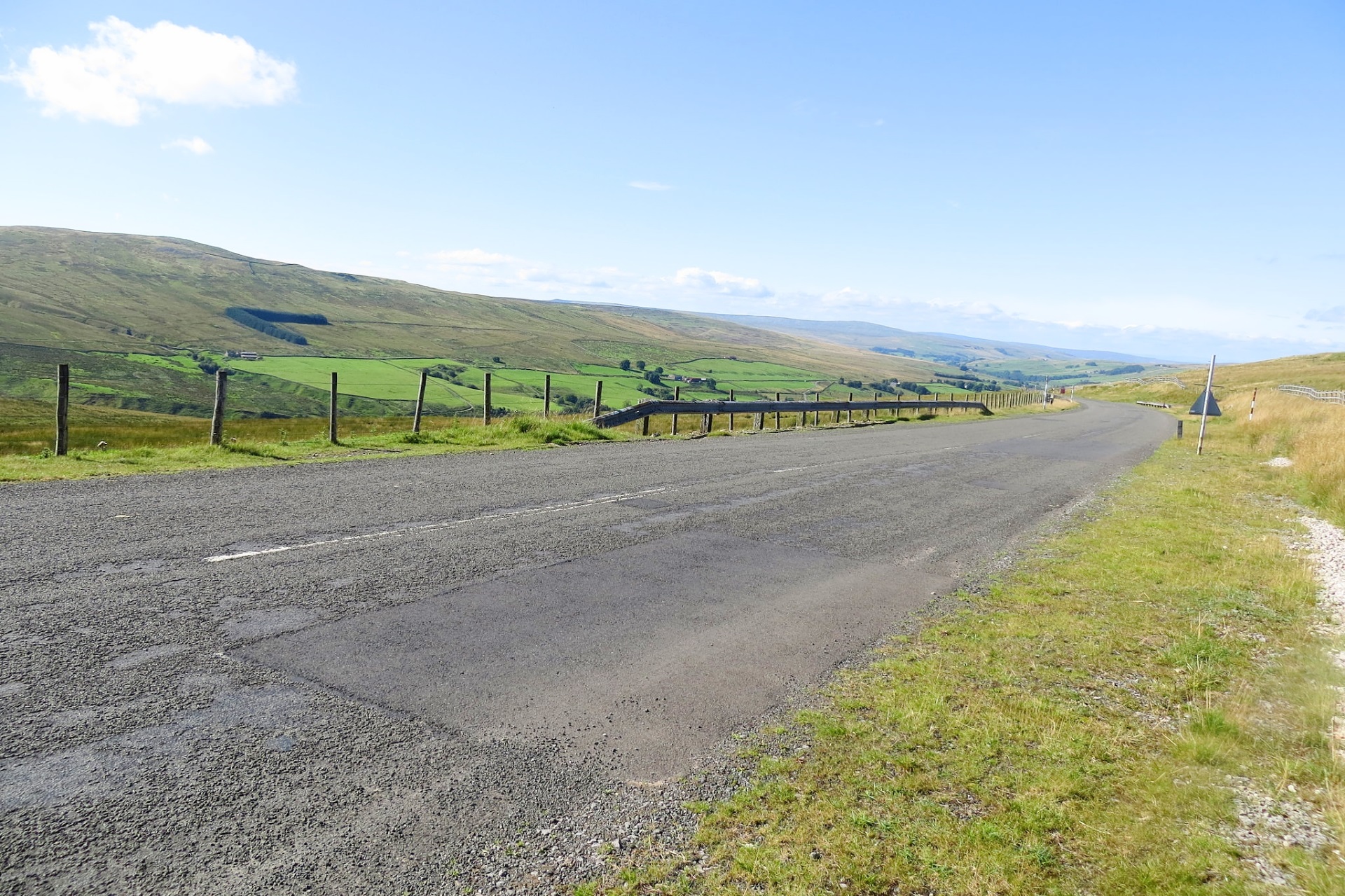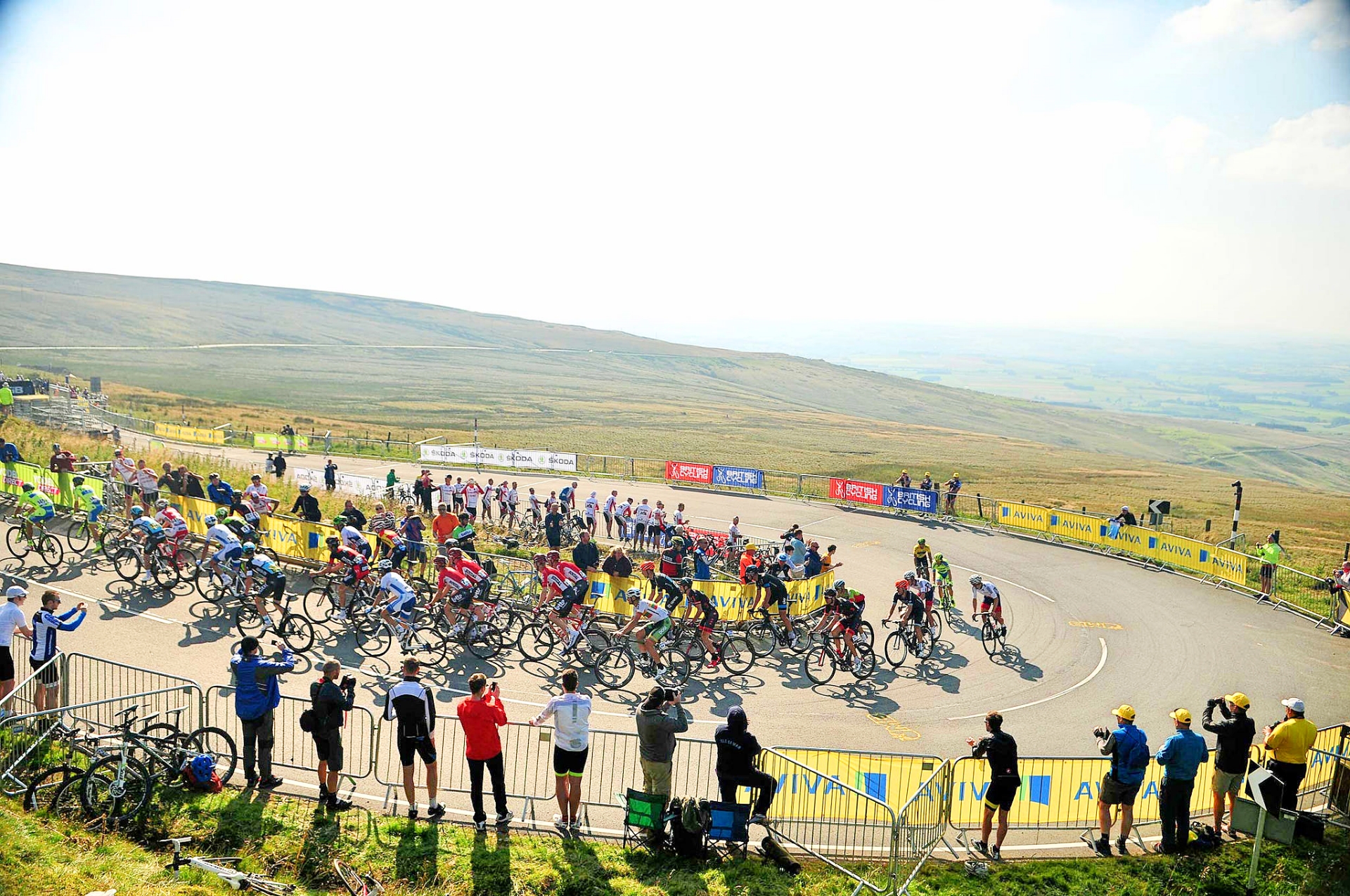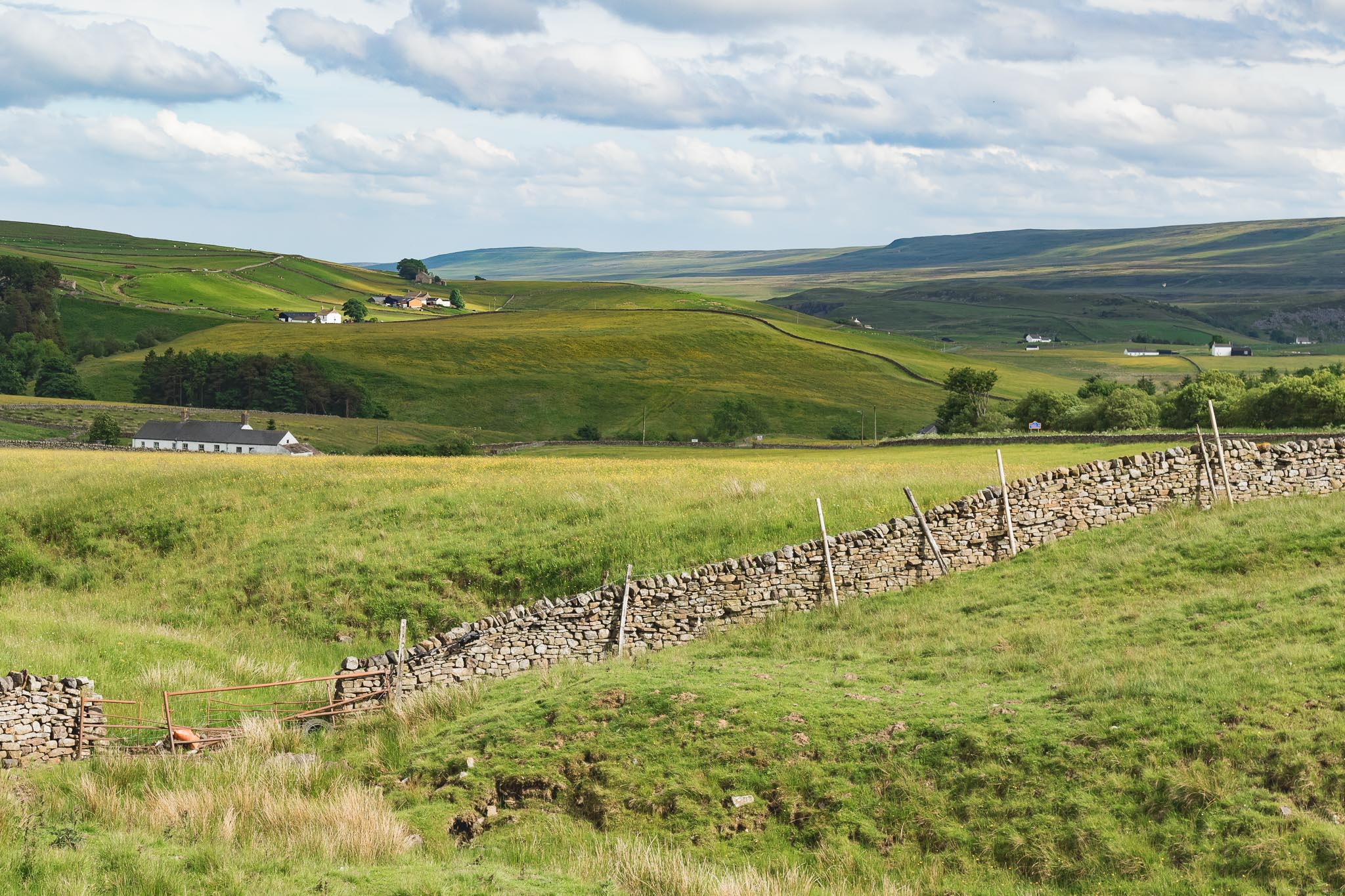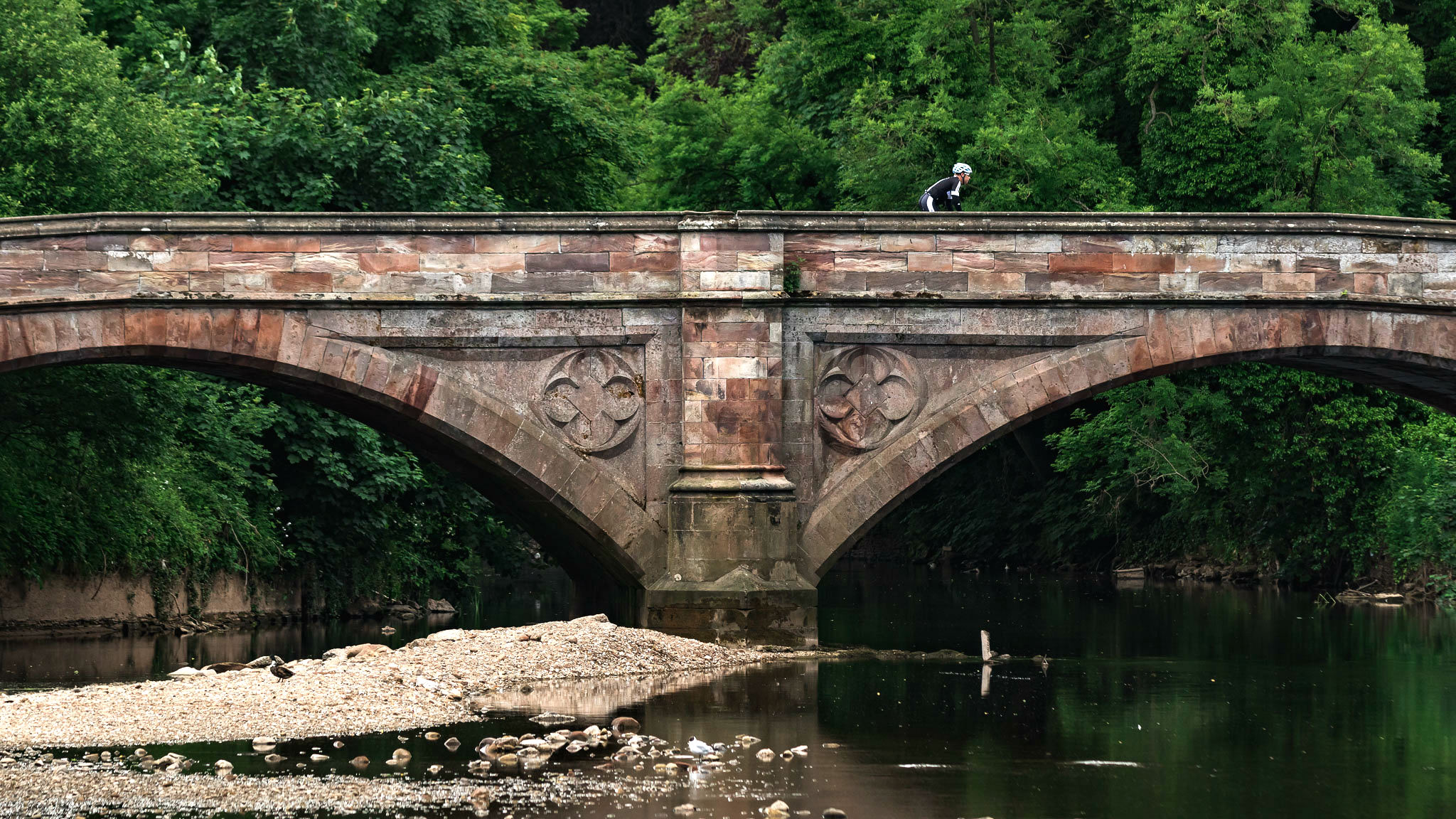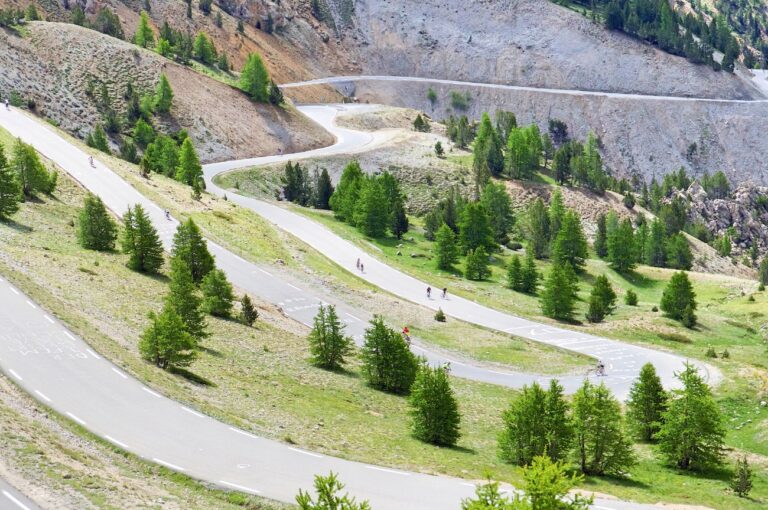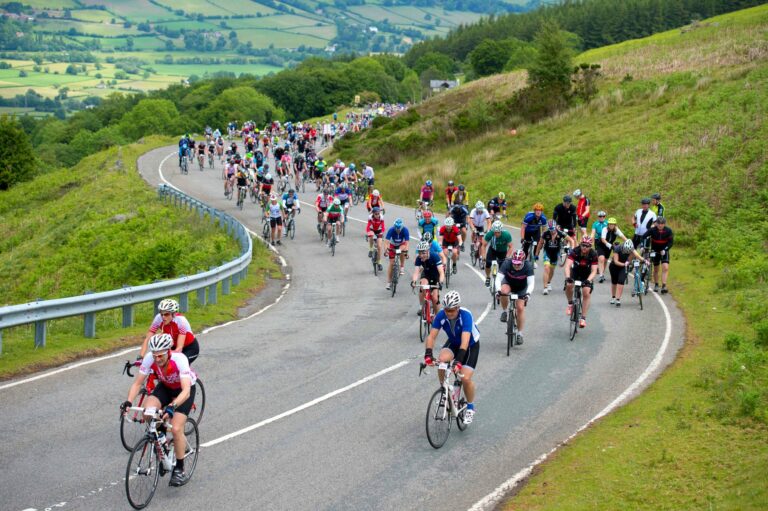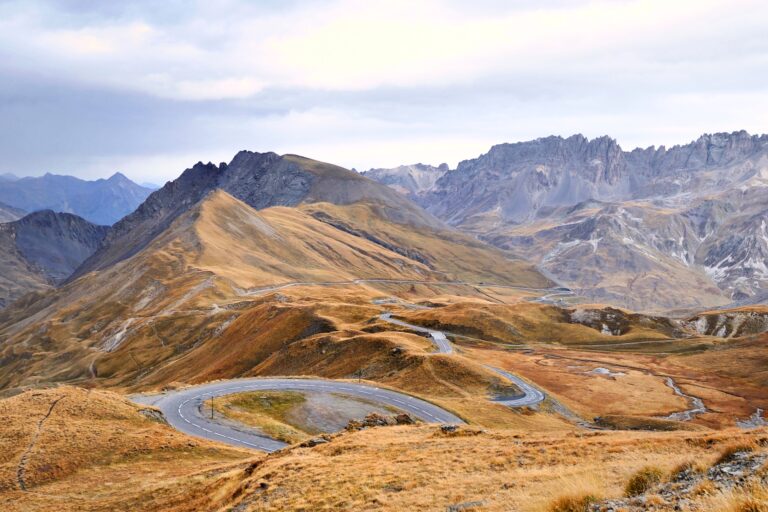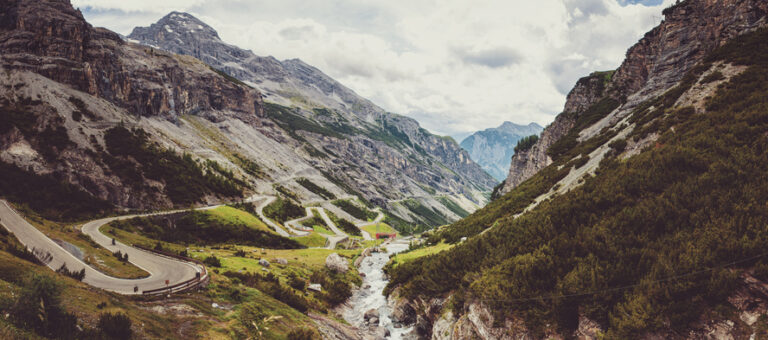At RoadCyclingUK, we like to champion the lesser-recognised areas of the country for road cycling. We believe that Britain has some of the best roads for riding in the whole of Europe, and that includes its climbs as well.
Last year we featured the North Pennines in our Best of British series, and it was the quiet roads and stunning scenery that really stole our hearts.
Within the striking moorland, though, are a range of tough climbs that made it onto our 88-mile loop, all of which you’ll find below.

There are also some new additions that we think should be on your must-ride list too, so now it’s that time again when we give you a rundown of the ten best climbs in the area.
– RCUK’s Best of British: the North Pennines –
Next time you’re in the area and fancy giving your legs a true test (which, let’s face it, you probably do if you’ve ventured to the region to ride your bike), be sure to check these out. Here are ten of the best cycling climbs in the North Pennines.

